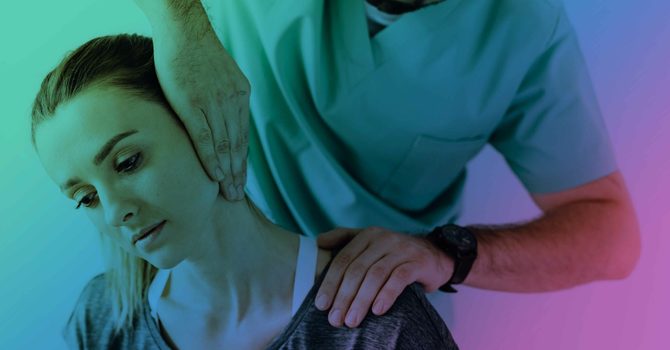Jumper's Knee
Jumper's knee, also known as patellar tendinopathy, is a common injury among athletes. It is an overuse injury of the tendon that connects the kneecap to the shinbone and can cause debilitating pain in the front of the knee.
As such, it is important for athletes and those engaging in rigorous physical activity to be aware of jumper's knee and its potential dangers.
Jumper's knee affects athletes in all sports, from basketball players to runners and volleyball players. It can manifest as pain that radiates through the entire lower leg, tenderness or swelling around the kneecap, or a decrease in physical performance due to discomfort.
What Is Jumpers Knee And How Is It Diagnosed
At Denner Chiropractic & Performance | Charlotte, North Carolina
Jumpers knee, also known as patellar tendinopathy, is an overuse injury of the patellar tendon that connects the kneecap to the lower leg. It is common among athletes who participate in sports that involve repetitive jumping such as basketball and volleyball.
Symptoms of jumper's knee include:
- Pain around the kneecap
- Swelling
- Tenderness when touching the area
- Decreased range of motion
Diagnosis usually involves a physical examination by a sports medicine professional. An exam will include joint and soft tissue palpation, range of motion, strength assessment, and functional movement screen.
Treatment Methods For Jumpers Knee
At Denner Chiropractic & Performance our treatment methods for Jummper's Knee consist of
This is a safe and effective treatment method to help restore ideal joint biomechanics.
We specifically incorporate eccentric load into our treatment plans for tendinopathy cases. Eccentric load has been shown in a number of studies to be the most effective way to build tendon strength and reliance.
- Soft Tissue Therapy
Soft tissue therapy allows for a decrease in tension in the surrounding musculature to relieve pain fast.
Dry needling has been shown to be an affected treatment modality for tendinopathies.
When And Why Should You See A Sports Chiropractor For Jumpers Knee
Jumper’s knee is a common injury in athletes from jumping sports such as basketball, volleyball, and soccer. It can be very painful and limit an athlete’s ability to perform.
Early treatment interventions can help to prevent jumper's knee from developing. Once pain and dysfunction are present it will take a longer period of time to recover from the injury. The prognosis with appropriate care is good with average treatment duration being around 3-4 weeks.
A trained Sports Chiropractic can provide both manual therapy and rehabilitation techniques to offer fast and effective results.
Q & A Jumper's Knee
Q: What is the current evidence on the effectiveness of exercise therapy for jumper's knee?
A: Several studies have found that exercise therapy can be an effective treatment for jumper's knee. Specifically, eccentric exercises, which involve lengthening the muscle while it contracts, have been shown to improve symptoms and increase function in patients with patellar tendinopathy.
Q: What is the typical course of recovery for jumper's knee?
A: The course of recovery for jumper's knee can vary depending on the severity of the condition and the chosen treatment approach. In general, it can take several weeks to months for symptoms to fully resolve, and ongoing rehabilitation may be necessary to prevent a recurrence.
Q: Are there any risk factors for developing jumper's knee?
A: Yes, several risk factors have been identified for developing jumper's knee. These include participating in sports that involve repetitive jumping or landing, having tight or weak quadriceps or hamstring muscles, and having structural abnormalities in the knee joint. Certain medical conditions, such as diabetes and obesity, may also increase the risk of developing patellar tendinopathy.
Q: How can jumper's knee be prevented?
A: To prevent jumper's knee, it is important to engage in proper training techniques and warm-up exercises, as well as to gradually increase the intensity and duration of activities over time. Strengthening exercises that target the quadriceps and hamstring muscles may also help to prevent patellar tendinopathy. Additionally, wearing appropriate footwear and using equipment that is in good condition can help to reduce the risk of knee injuries.
Contact Us Today
With the effective treatment options listed above you can get over your knee pain today.
Book an appointment now and find relief from your nagging knee pain.



